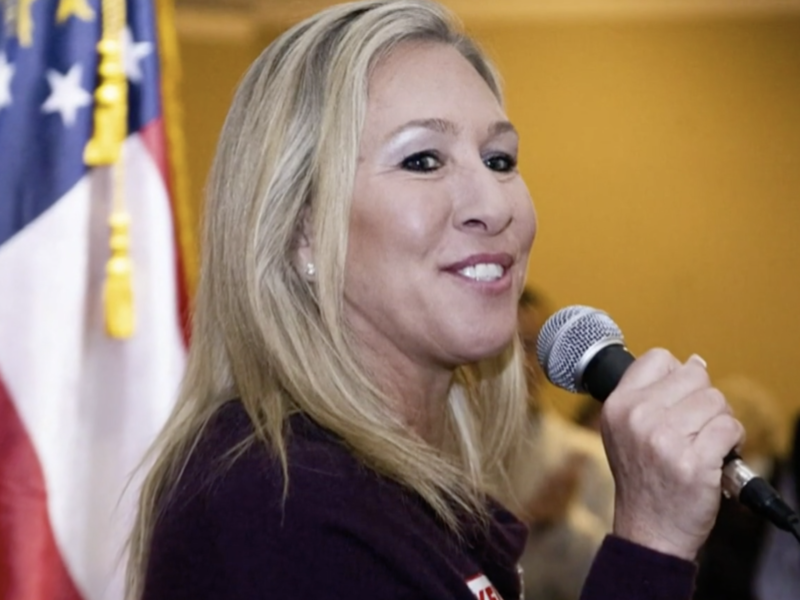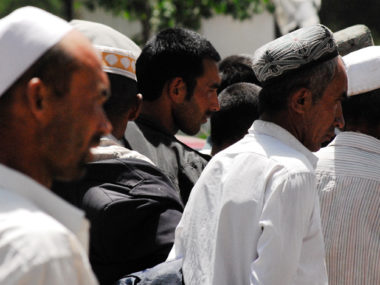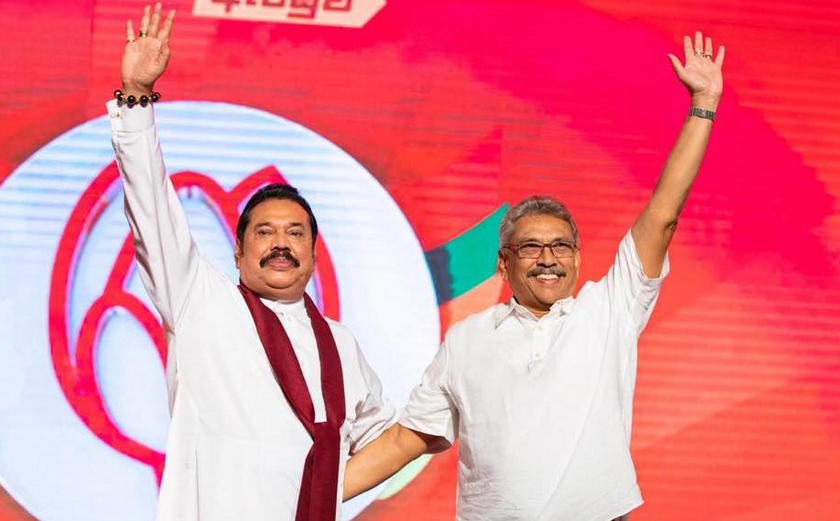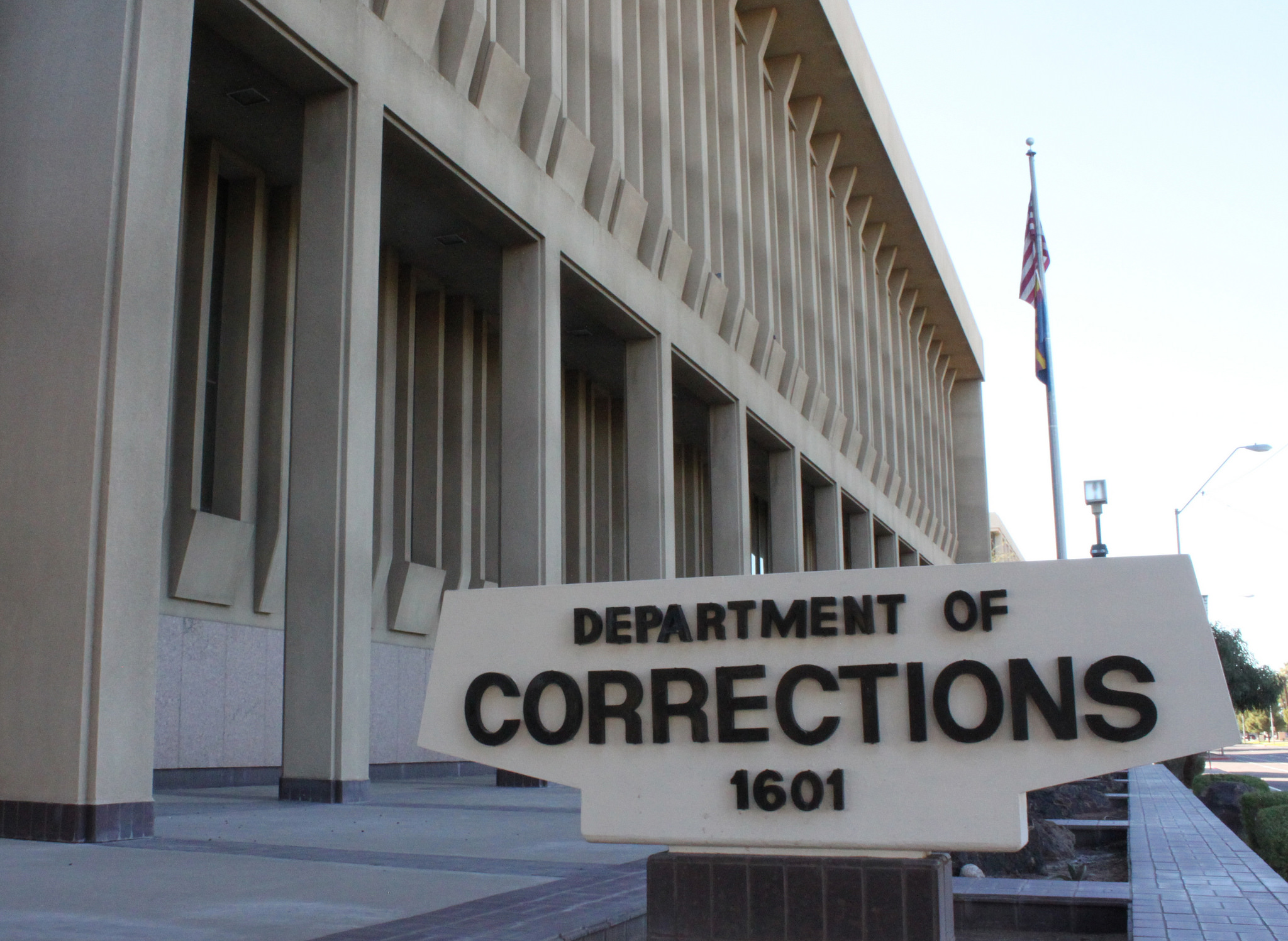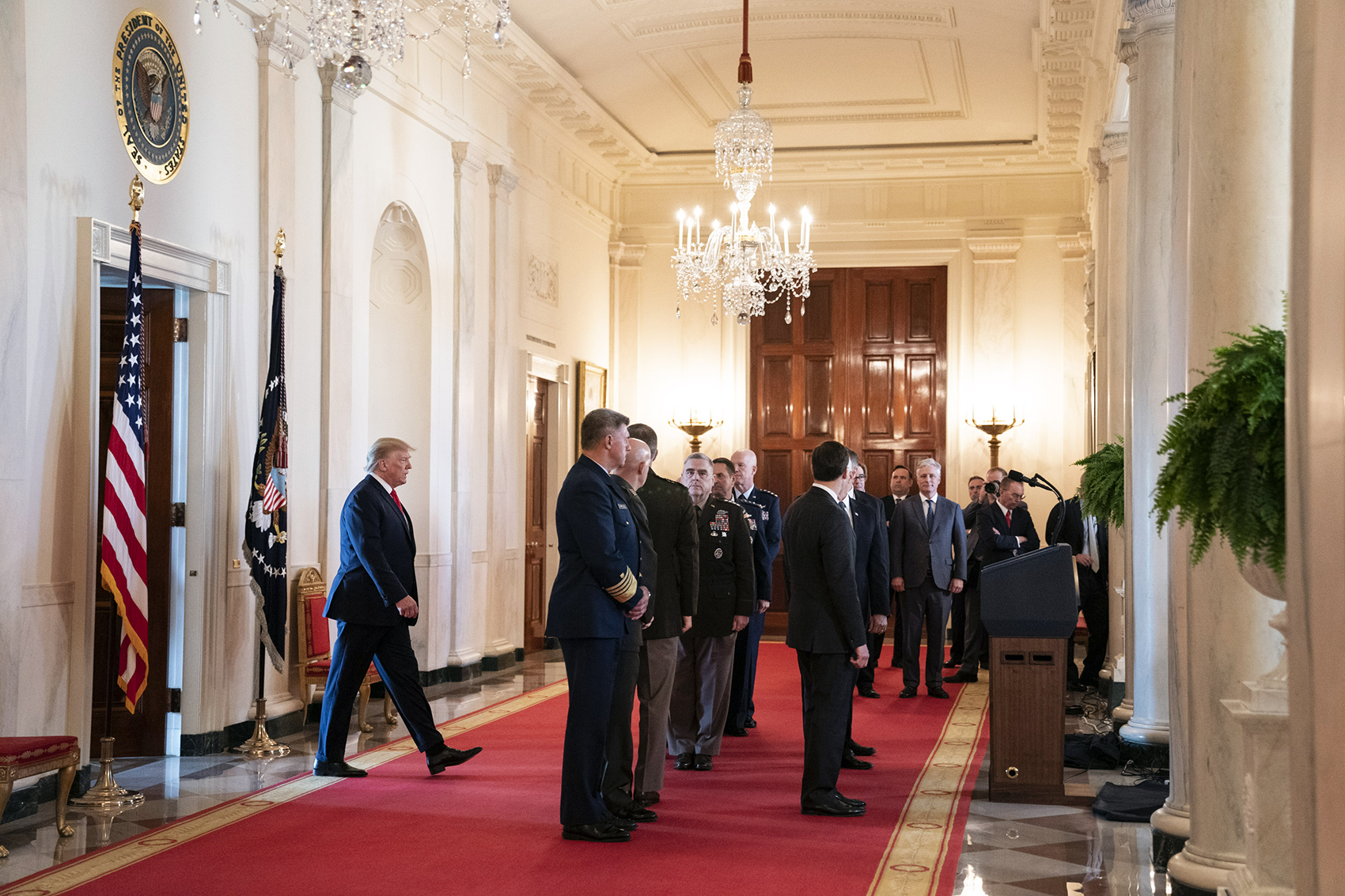Guest post by Rabia Zafar
After the January 6 attack on the US Capitol, terms like extremism and terrorism, which had largely been reserved for dangerous faraway places, are now part of the American political lexicon. But the US cannot afford to treat domestic extremism the way it dealt with (or tried to deal with) extremism overseas. Even as military leaders declare victory against ISIS and Al Qaeda and policymakers search for ways out of Afghanistan, conditions in many parts of the world are ripe for a resurgence of extremist violence. Millions of displaced Syrians, the Taliban’s political comeback, and an uptick of religious nationalism in South Asia are a few indicators that the war against extremism is not won. Even after two decades of experience and consistent tactical success, the United States has not found lasting remedies to address extremism abroad. Without assessing why that is, there is little chance it will fare any better when it comes to extremism at home.
Much of the problem lies in stale thinking and faulty frameworks. For years, untested assumptions about the causes of extremist violence have underpinned policies seeking to counter it. Religious or political ideology are assumed to be the main drivers of extremist violence, and so policies have focused on education, disseminating certain norms and cultural values, and messaging in an effort to change hearts and minds. Though these might make sense intuitively, their ability to lessen the occurrence of extremist violence is unclear. The causal mechanism or path by which specific ideologies produce violence is poorly understood.
For the most enterprising extremists, religious or political ideology factors little in their strategic thinking. Evidence from Pakistan shows that enterprising extremists are violent entrepreneurs, motivated by political power and wealth, who make rational choices about the type and timing of their violence. They are leaders who have the skills and ability to both incite and quell violence as they vie for affluence and influence. They rely on a variety of divisive narratives to fuel and profit from societal conflict. In Pakistan, enterprising extremists are constantly branding and rebranding their violence as religious extremism, ethno-nationalism, electoral politics, or mafia-ism. Like all entrepreneurs, enterprising extremists are guided by incentives, not ideology.
Enterprising extremists operate within a complex ecosystem of incentives that are fluid and highly context specific. This is why different cities within Pakistan have experienced varying rates of extremist violence over time. For example, in 1995, when Karachi was experiencing a particularly high spike, Quetta experienced a drop in extremist violence. But then from 2005 to 2008, Quetta’s extremist violence surpassed that of Karachi. Evidence of violent religious ideology—the presence of militant extremist groups, religious schools or seminaries with extremist curricula, and Friday sermons espousing violence, etc.—was present in both cities throughout this time period, but the ideology did not consistently result in violence.
Enterprising extremists conduct a risk/reward calculus based on local conditions when deciding how to frame their violence. What precisely these conditions are varies from place to place. In Pakistan, enterprising extremists tend to alter behavior based on whether the state endorses certain forms of violence; when there is competition in the market for violence; when they face a need to join forces with a powerful extremist actor; or when there is a failure of traditional patronage networks. Changes in these local conditions and incentive structures help explain why spikes and lulls in extremist violence occur at different times in different cities within Pakistan.
While American extremists have an entirely different operational environment, the idea that they too are responding to incentives rather than political or religious ideology, is a powerful one. It broadens the menu of policy options and potential remedies. As evidenced in Pakistan, incentive structures—unlike hearts and minds—are much more malleable and responsive to policy. By challenging the notion that ideology is what drives violence of the sort on display at the US Capitol, we can begin to understand and then influence the conditions and incentives that actually produce extremist violence.
We must also identify and name America’s enterprising extremists. In Pakistan, it’s people like drug baron and mujahedeen facilitator Haji Ayub Afridi, who was elected to Pakistan’s National Assembly in 1990. At different points in his illustrious career—both before and after becoming an elected representative—Afridi trafficked heroin and arms, and smuggled gold. Simultaneously, he built and maintained a grassroots network of supporters to whom he offered patronage in the form of protection and basic services. To drum up votes, he sometimes relied on religious extremist narratives and at other times on ethno-nationalism. He worked closely with the Central Intelligence Agency during the Afghan jihad but was later pursued by the Drug Enforcement Agency on international drug trafficking and money laundering charges. Afridi died in 2009 having amassed fortune and fame.
Although fascinating, the contradictions that animated Afridi’s career are not atypical of enterprising extremists. It should not surprise us that a man with Afridi’s resume sought public office in Pakistan, just as it should not surprise us that America’s own enterprising extremists would contest elections or seek other forms of political influence. Like their Pakistani counterparts, American extremists will strategically engage in whichever violent narrative can help them best achieve their goals at a particular time. Luckily, enterprising extremists have an excellent ability to read the room and can change course in line with new risks/reward structures. The work then lies in raising their political costs and lowering the potential benefits of divisive, extremist politics.
Rabia Zafar is a postdoctoral fellow at the US Naval War College. These views are the author’s own and do not imply endorsement by the Naval War College, US Navy, or any element of the US government.

